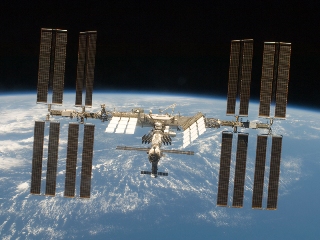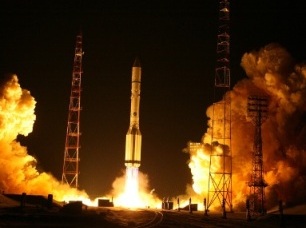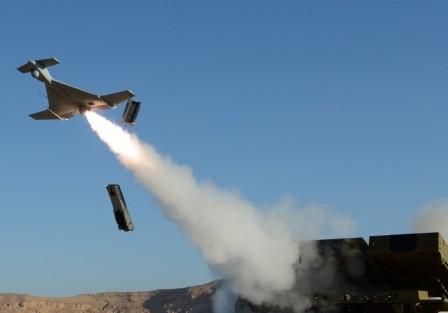
The International Space Station.
WASHINGTON (PTI): A NASA astronaut aboard the International Space Station (ISS) has been able to 'shake hands' with a scientist 8,046 km away on Earth, making history with the first telerobotic 'handshake' between space and Earth.
NASA astronaut Terry Virts on the ISS shook hands with European Space Agency (ESA) telerobotics specialist Andre Schiele in the Netherlands using a special force feedback joystick on June 3.
"It felt as though Terry was extending his arm down from space to shake my hand," Andre said.
The joystick allows astronauts in space to 'feel' objects from hundreds of kilometres away. The joystick is a twin of the one on Earth and moving either makes its copy move in the same way.
The joystick provides feedback so both users can feel the force of the other pushing or pulling. Earlier this year, NASA astronaut Butch Wilmore was the first to test the joystick in space but without a connection.
In the experiment, each signal from Terry to Andre had to travel from the ISS to another satellite some 36,000 km above Earth, through Houston mission control in US and across the Atlantic Ocean to ESA's technical centre in the Netherlands, taking up to 0.8 seconds in total both ways.
As the Space Station travels at 28,800 km/h, the time for each signal to reach its destination changes continuously, but the system automatically adjusts to varying time delays.
In addition to the joystick, Terry had an extra screen with realtime video from the ground and augmented reality added an arrow to indicate the direction and amount of force.
Future experiments will involve blind tests using foam and metal to see if astronauts using the system can discern the stiffness of various objects.
Advances in telerobotic systems using haptic feedback may one day eliminate the need to send rovers to other planets, 'Gizmag' reported.
Instead, astronauts would be placed in orbit around a planet, allowing them to use telerobotic controllers to manipulate a robot on the planet's surface, where the environment may be unsafe or unknown.
The astronaut would be able to control a robot remotely and also receive tactile feedback on the resistances and forces from the objects the robot encounters.
 Previous Article
Previous Article Next Article
Next Article












The Indian Air Force, in its flight trials evaluation report submitted before the Defence Ministry l..
view articleAn insight into the Medium Multi-Role Combat Aircraft competition...
view articleSky enthusiasts can now spot the International Space Station (ISS) commanded by Indian-American astr..
view article